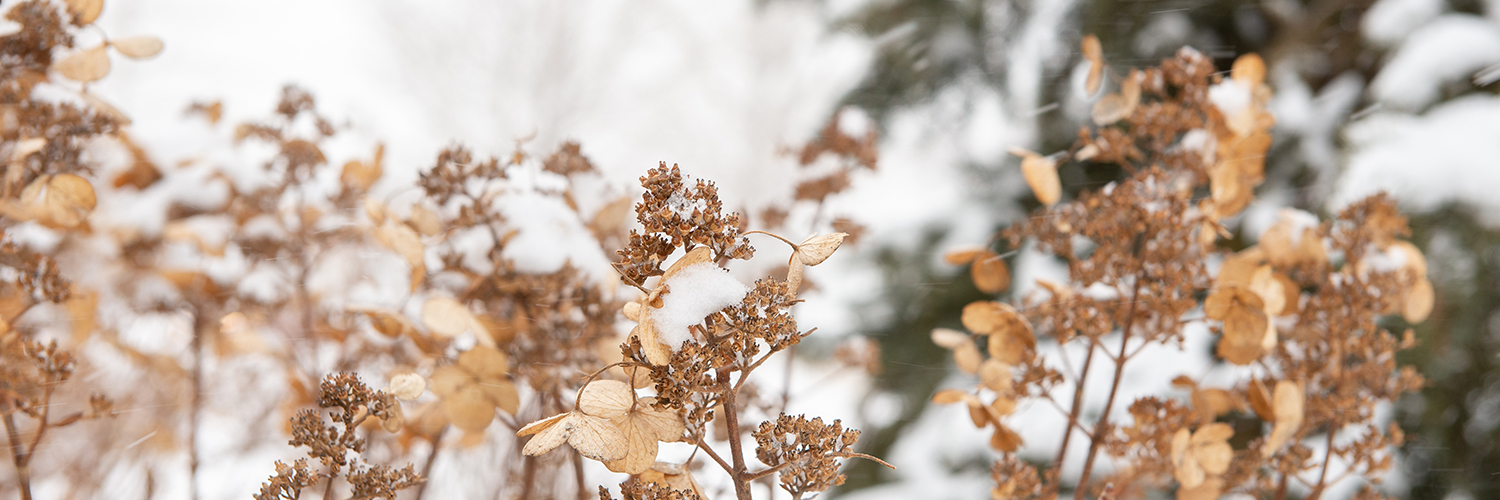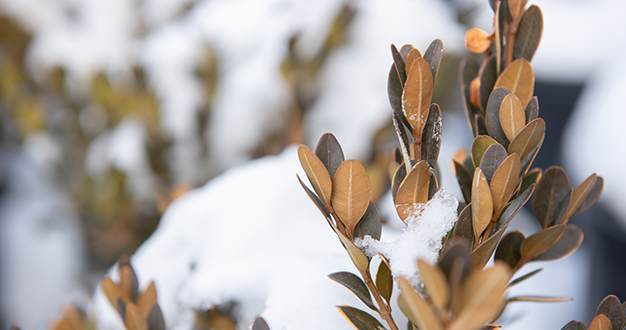
Most of the time, the trees, shrubs, and perennials we choose for our landscapes survive our cold winters unscathed. But, occasionally, cold temperatures can affect even the hardiest of plants. A whole host of variables – from fluctuating weather to planting site and soil characteristics, to local environmental stresses, to the plant’s own health – play into whether a plant experiences cold damage in the winter. Here, we explain some of ways winter weather can injure our outdoor plants – along with our best tips for protecting our landscapes from potential damage.
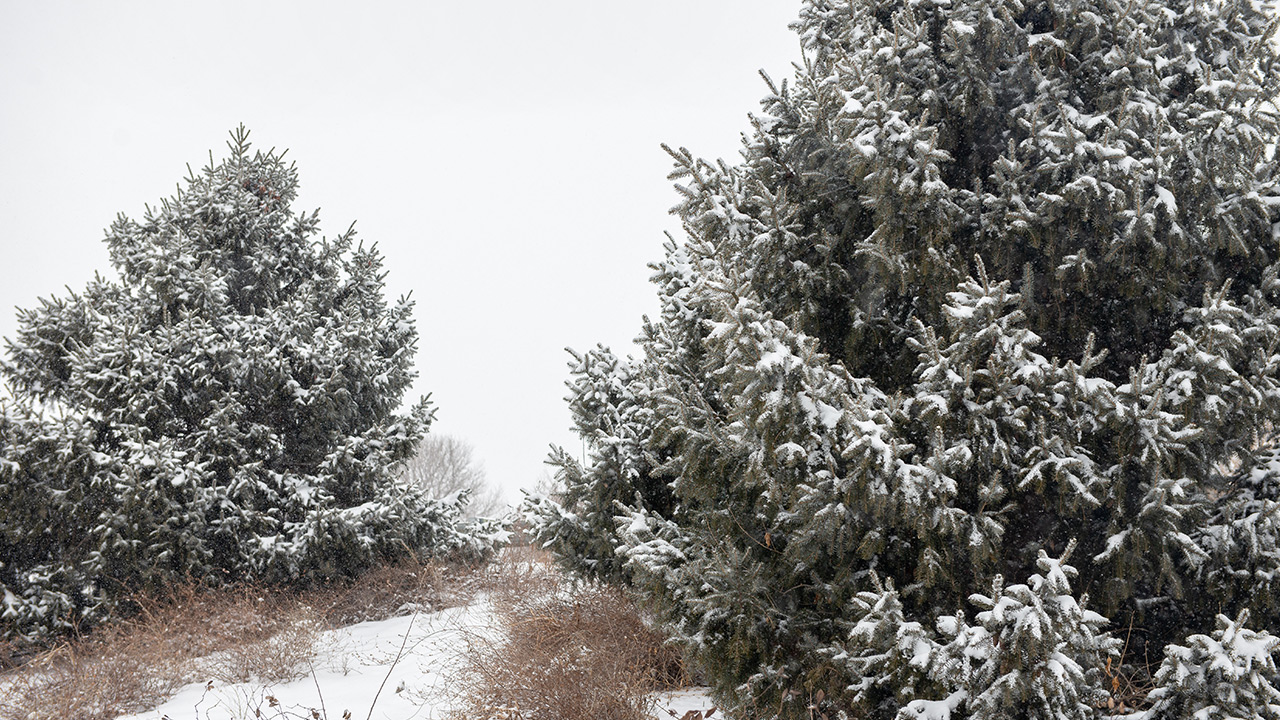
What is Cold Damage?
Cold injury to trees, shrubs, and perennials can take many different forms, depending on what mechanism caused the damage and the plant tissue that’s affected. In many cases, injuries aren’t apparent until spring when the plant comes out of dormancy and begins to grow again. At that point, we may see delayed foliage, distorted shoots, bare branches, missing blooms, cracked bark, or brown needles on evergreens. Cold damage can sometimes directly injure or even kill portions of the plant. Or the damage can be indirect, such as when the plant becomes weakened, making it vulnerable to disease and insect invasion for months or even years. Landscape plants that were just installed the previous fall, as well as those that are marginally hardy for their zone, are the most likely to be affected. But cold damage can occur on established plants too – even native species – under the right conditions.
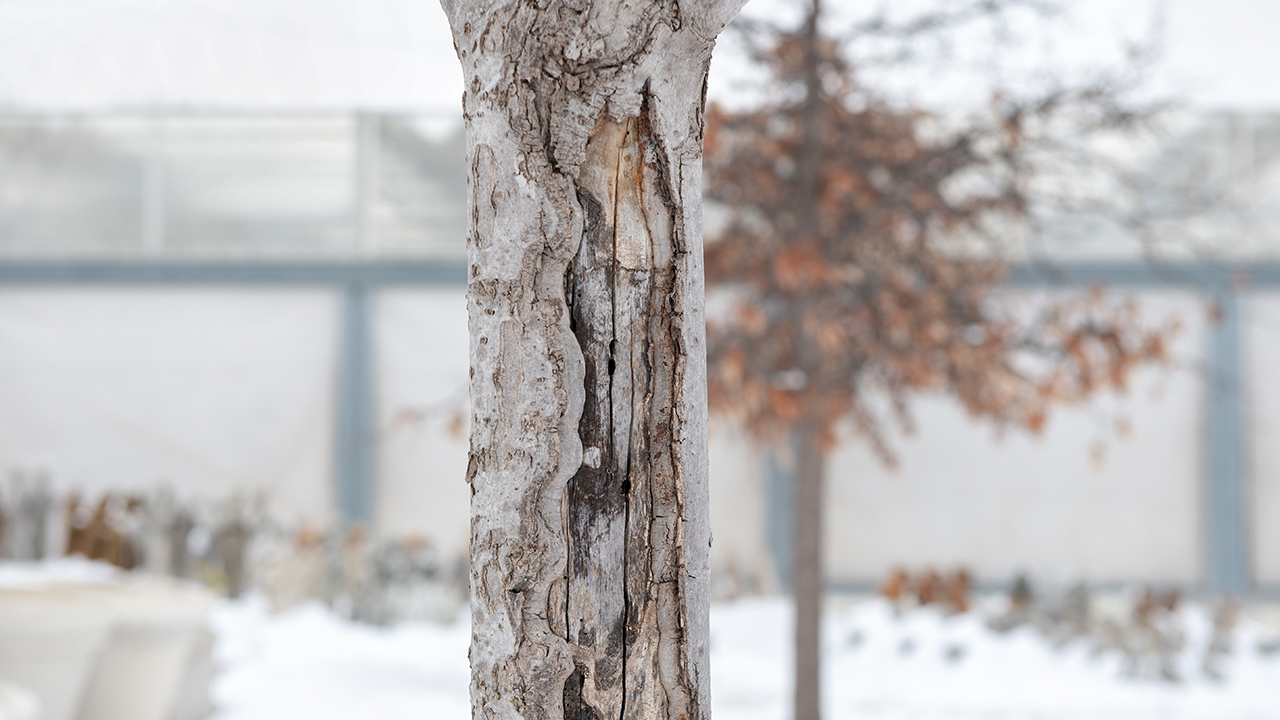
How Does it Happen?
According to Scott Evans of Nebraska Extension, the main culprit isn’t the extreme low temperatures we sometimes experience – it’s how widely and suddenly those temperatures fluctuate that causes the most damage. For instance, damage can occur if an early freeze in September catches plants before they’ve had a chance to properly prepare their above-ground tissues for winter dormancy. By the same token, a late freeze in May can kill tender new leaves and blooms. Sunscald is a bark injury that occurs when the sun warms one side of a tree trunk but not the other. Tissues on the sunny side “wake up” only to become damaged when freezing temperatures return. Frost-cracking in bark can also happen when a warm day is followed by a hard freeze at night. Roots can be exposed and damaged when repeated freezing and thawing causes the soil to lift in a process called frost-heaving. And cold, dry winds can cause desiccation when plants – especially evergreens – lose water faster than they can take it up from the frozen soil.
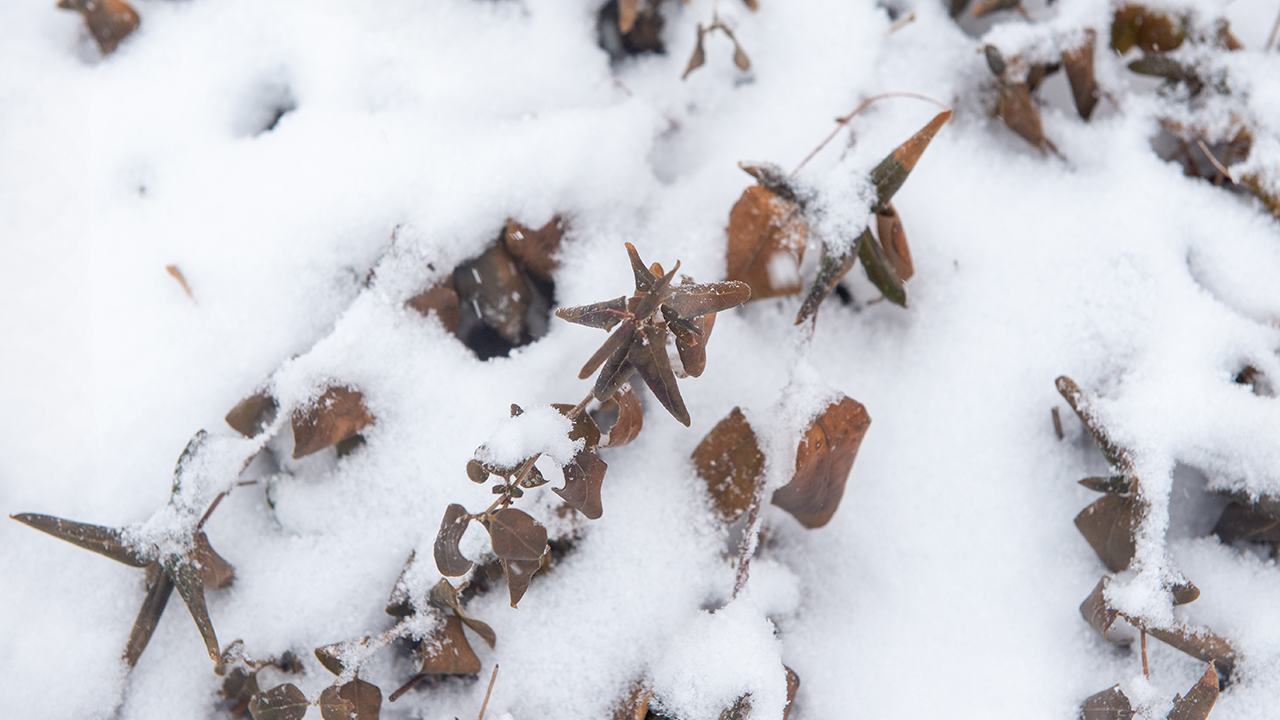
What Can We Do?
Protecting your landscape from cold damage begins well before the plants join your landscape. The first and most important way to prevent cold damage is to choose plants that are hardy for the area – here in Omaha, that’s USDA Hardiness Zone 5b. Other things we can do are:
- Prepare them well – make sure your landscape plants have the amount of light and moisture they prefer, are well-fertilized, and are protected from bugs and diseases through the growing season so they go into winter in the best possible condition.
- Avoid fertilizing and pruning in the fall – both practices can encourage new growth and delay the hardening-off process that the plants must complete to protect themselves from the cold ahead.
- Limit exposure – locate sensitive or marginally hardy plant species in spaces that are protected from the worst of the cold winter winds. Scott suggests placing drain tillage around small tree trunks to shade the bark from sunscald while keeping it cold enough to prevent frost cracking.
- Hydrate in the fall – if the weather is dry in the late fall and early winter, continue to water your landscape plants. This keeps the plants well-hydrated until the ground freezes.
- Cheer for snow – snow cover is a natural insulator that keeps soil temperatures from fluctuating widely, and it provides moisture as it melts.
- Mulch, mulch, mulch – in the absence of snow cover, a thick layer of natural mulch like wood chips or grass clippings applied in the fall will do a lot to guard against root damage too.
Chill-Proof Your Landscape
Cold happens – but the damage it can cause to our landscapes doesn’t have to. If you have questions, stop in and talk with our Nursery Yard or Plant Care teams. We’re happy to help you lead your landscape safely through the worst of winter weather.

